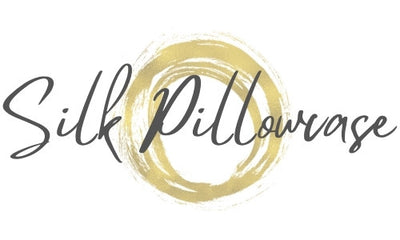You might know that silk is produced by silkworms, and might even be familiar with the fact that the species involved loves to eat mulberry leaves - hence the term mulberry silk. But do you really know what silkworms are? Are they a type of caterpillar or a kind of worm? Also, can any other creatures make silk?
Just for fun, this piece is all about what animals can produce silk. From a brief outline of the silkworm species used in silk production to the other creatures that can spin silken threads, here is all you need to know about silk and the animal kingdom.
